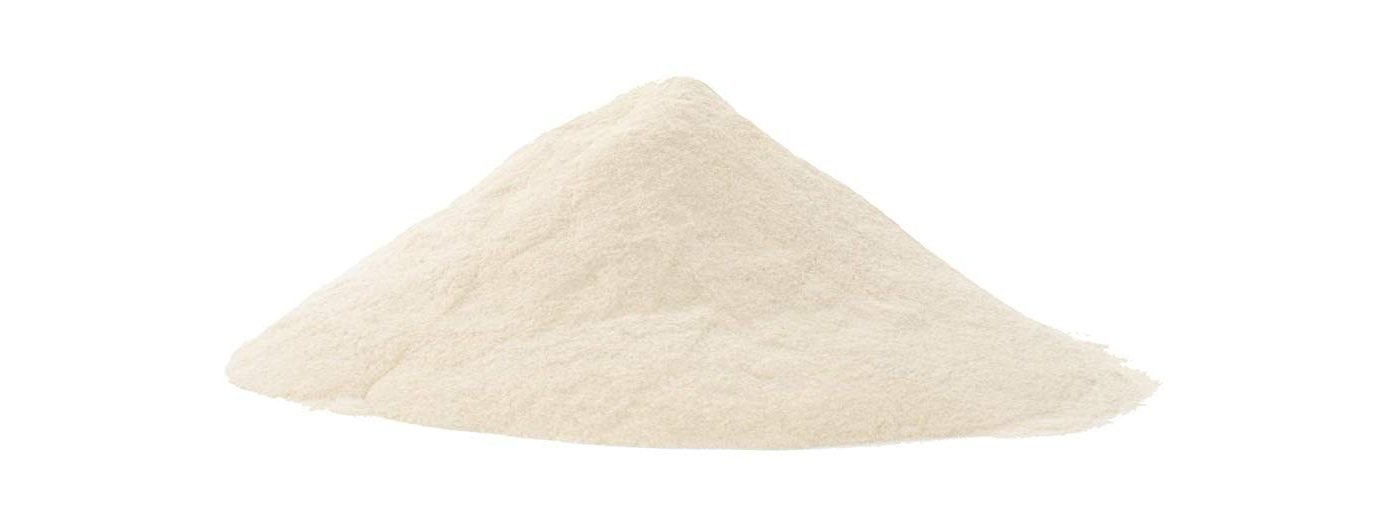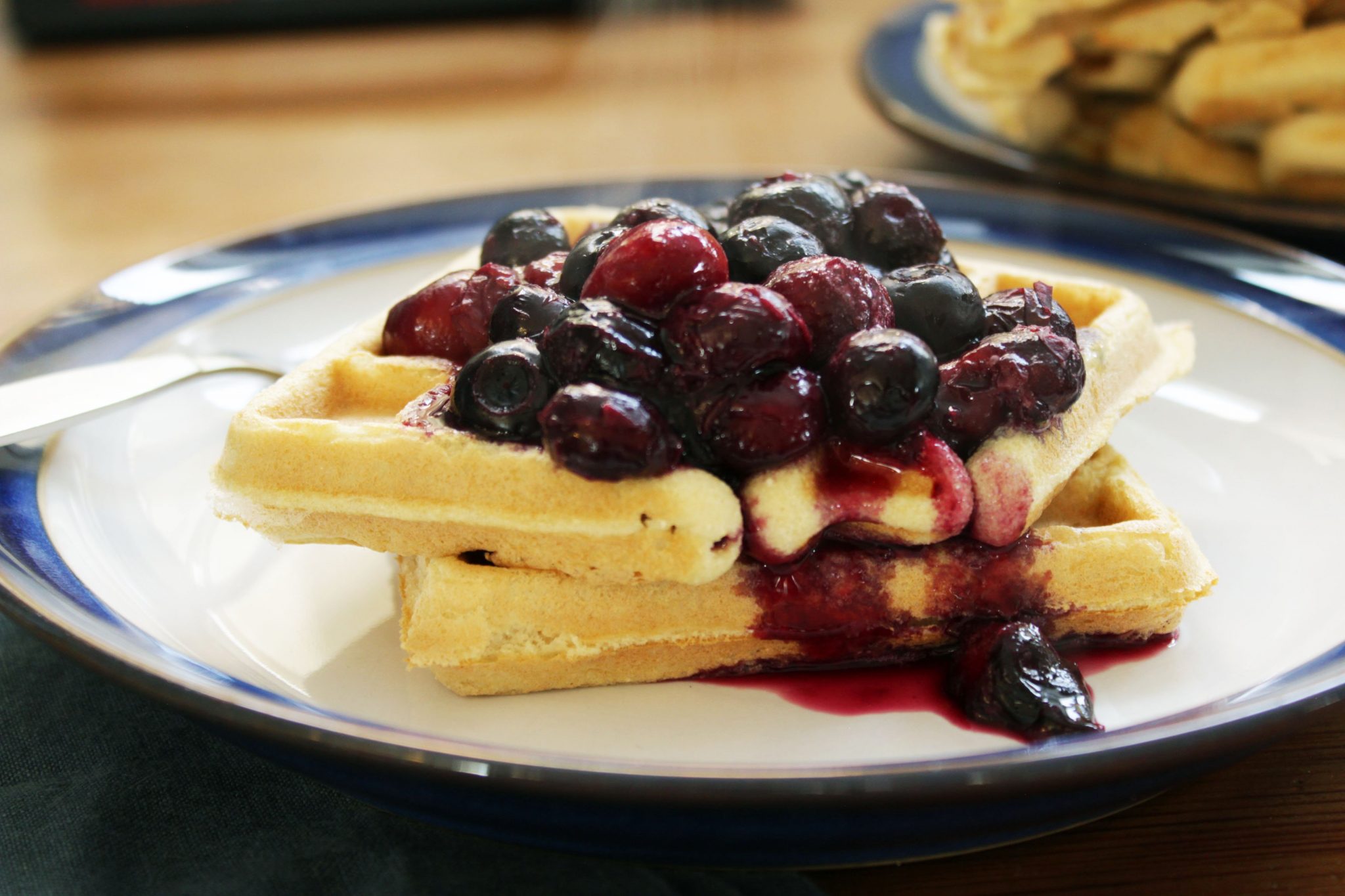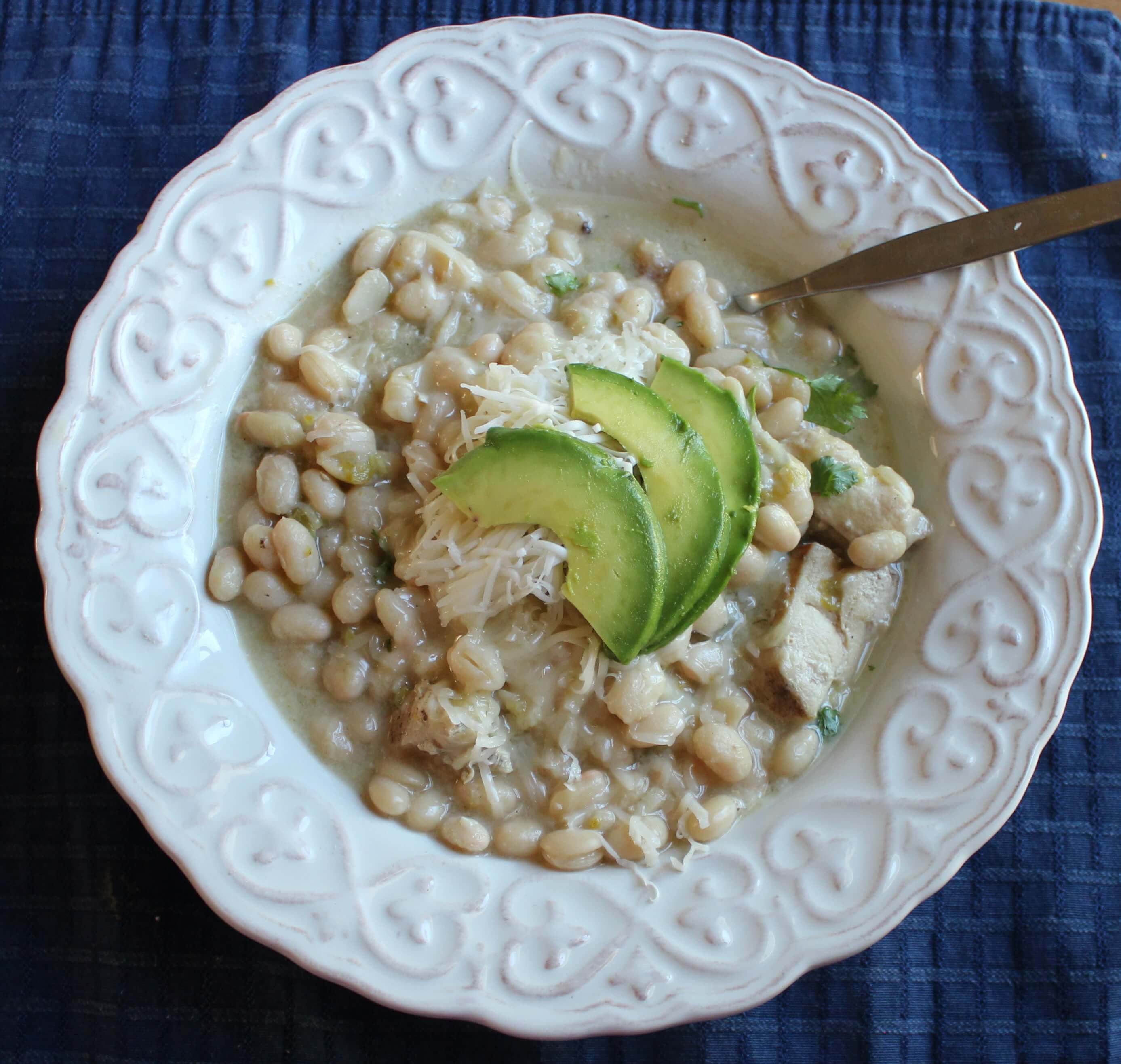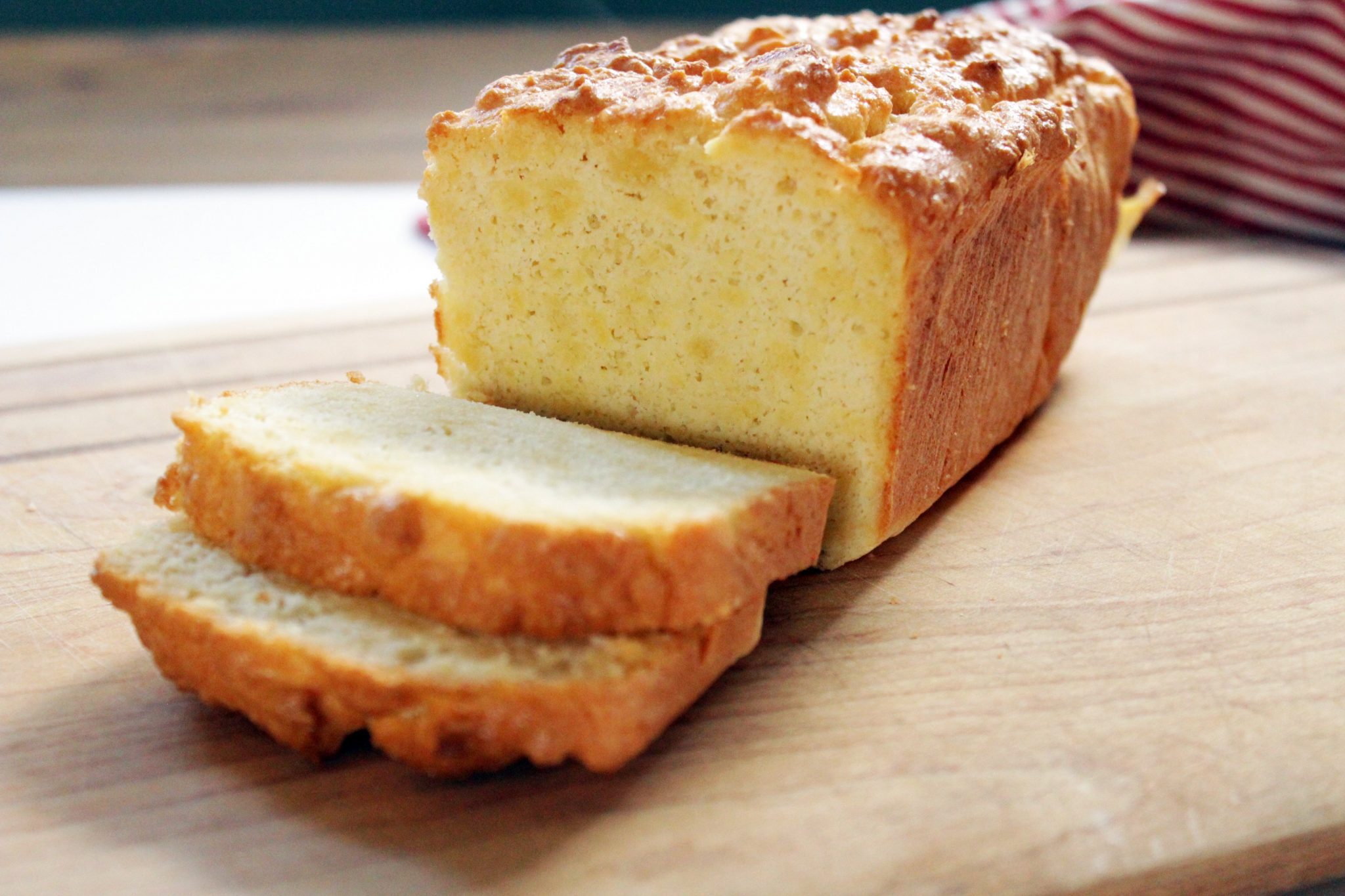
The use of xanthan gum in home cooking has increased since so many people have gluten sensitivities or are on a low-carb diet. Xanthan gum is a polysaccharide that is used in very small amounts as a thickener and binding agent.
Xanthan gum makes soups and sauces a little thicker and silky-smooth, salad dressings blended, and baked goods uniform in texture with a consistency closer to that of wheat-based baked goods.
Just a very little xanthan gum is needed in recipes, so though xanthan gum has a high price point, one purchase lasts a long time.
How Xanthan Gum is Made
Xanthan gum is made by fermenting sugar, typically from corn, wheat, or soy. This is essential to know if you have allergies to any of these foods. The sugar of the corn, wheat, or soy is fermented with the bacteria Xanthomonas campestris to produce xanthan gum, then alcohol is added (to dissolve) and it is dehydrated down into a powder.
This is packaged and remains shelf stable for years.
Is xanthan gum safe?
Xanthan gum has been in use since the early 60s, so there are a fair amount of studies on it. The FDA has approved xanthan gum for use in foods without restrictions.
- This 7-day study showed a slight reduction in serum cholesterol when 10x the recommended amount of xanthan gum was ingested by healthy males. It showed an increase in bulk of stool. No other significant changes were noted.
- 15 g/day of xanthan gum showed an increase in flatulence, increase in stool bulk and decrease in transit time. (source) To compare this, 1 teaspoon of xanthan gum is approximately 7 grams, so this study showed the equivalent of eating two full batches of baked goods made with xanthan gram. Still, if diarrhea is an issue for you, you may want to keep this in mind when choosing whether to consume xanthan gum or not.
- The Environmental Working Group classifies xanthan gum as ‘low risk’. I like their studies, they tend to be pretty cautious with their classifications.

Using Xanthan Gum in Cooking and Baking
Xanthan gum can really help low-carb and grain-free baked goods stay together and improve their texture. It is used often with almond and coconut flour for baking for those on the ketogenic or other low-carb diets. I especially like it for helping waffles hold together well, as pictured above.
Bob’s Red Mill gives us this handy chart for adding xanthan gum in baking:
Cookies………………………………¼ teaspoon per cup of flour
Cakes and Pancakes………………..½ teaspoon per cup of flour
Muffins and Quick Breads………… ¾ teaspoon per cup of flour
Yeast Breads……………………………….1 to 1 ½ teaspoons per cup of flour
Pizza Dough…………………..…… 2 teaspoons per cup of flour
Xanthan Gum and GAPS and SCD
Because xanthan gum is a polysaccharide made from corn, wheat, or soy, it is not allowed on the GAPS or specific carbohydrate diets. Even in very small amounts, this gum will be digested low in the digestive tract.
Read more: Everything You Need to Know About The GAPS Diet
This means xanthan gum is feeding pathogenic bacteria in the gut that we are trying to starve out by following these diets, and undoing the work we’ve done on the GAPS or specific carbohydrate diet.
If you are following GAPS, SCD, or another gut-healing diet that does not allow xanthan gum, you can thicken soups and sauces in other ways.

Ways to thicken without Xanthan Gum:
- Mix egg yolks with yogurt or even coconut milk, and slowly add to soup to thicken as we do in our White Chicken Chili.
- Reduce chicken stock or any kind of stock down until it makes a sauce like we do in our Meatballs and reduction sauce.
- Reduce marinade used with chicken or other meat like we do with our Soy-Free Teriyaki Chicken.
- Puree onions or other vegetables to desired consistency, like we do with our Broccoli Cheddar Soup.
- Eggs bind baked goods well, even when we’re not using grains. This is why grain-free baked goods tend to be fairly egg-heavy. We use this method in our Apple Kugel, Coconut Flour Bread, and Pumpkin Cranberry Muffins.
- Chia and flax both thicken, with chia being my thickener of choice for making super quick ‘jam’ with berries.
- Cooked honey thickens up as well and can be combined with gelatin for marshmallows, or egg whites for frosting.
Why We Use Xanthan Gum
Though Xanthan Gum is a processed food (made in a lab, not grown on a farm) it does improve the texture of baked goods so we do use it in our kitchen. I also like that you only use a very little amount of it – I would be more cautious if we were consuming cup-fulls at a time, as is done with erythritol.
Read more: Erythritol : What Is This Keto Sugar Substitute and Where Is It Found?
We did not use it when we were doing the GAPS diet, and for that reason, you’ll find most of the recipes on this website do not contain xanthan gum. For the recipes that do contain it, like the keto waffles, I have noted a reminder to not include it on GAPS.
Read more: Everything You Need to Know About The GAPS Diet
Since I have my daughter on the keto diet for neurological reasons (and it’s working amazingly well! I’m excited to give you an update soon!) we weigh the cost-to-benefit ratio of including less-than-ideal foods with the emotional aspect of having food that looks and tastes like that which her peers eat. And I’ll admit, I quite like making sandwiches on almond flour bread that tastes and acts more like bread!

Recipe: Almond and Coconut Flour Bread (Keto, GAPS)
Prior to this, we spent years on the GAPS diet focusing on gut healing, and in that process, we did a ketogenic version of the GAPS diet, which also did not include xanthan gum.
Learn how to heal leaky gut

60-page ebook of all my best GAPS Diet (Gut and Psychology Syndrome) articles all in one place.


Glucomannan is more of a whole food. We sub it for Xanthan in many recipes and our biomedical autism doc approved if you are looking for other options.